Hi Readers: Remember? At my age - yes. At your age - maybe. The Spruce Goose was a big airplane, Howard Hughes (RKO Pictures) grand effort, with Henry Kaiser (Liberty Ships) to transport troops (750 at a time) to Europe at the beginning of WW II under a Government contract. The idea, generated by the two entrepreneuers, after we had lost 800,000 tons of supply ships to German U-boats in 1942.
The prototype HK-1 (Hughes Kaiser design #1)- three to be constructed - was licenced Nx 37602 as an 8-engine (P & W) spruce and birch laminated veneer plywood flying boat. The price tag of the huge 220' long, 80' high, 320' wingspan flying boat was $18 million.
The Hughes team of engineers developed new concepts for large-scale fuselage hulls, and flying control surfaces such as the "artificial feel system" in the control yoke. For instance, for each pound of pressure exerted by the control yoke, the elevator received 1,500 pounds of pressure to operate. Some of the systems developed then are in use today in our big airplanes.
After delays in the construction process, Henry Kaiser withdrew from the project and Howard Hughes took personal responsibility for the flying boat. It was redesignated as the H-4. Well, the project never made it for WW II and was dropped. In 1945 criticism of the project was severe. Hughes had invested $7 million in the project, while the U.S. government had spent $18 million.
Howard Hughes was determind to demonstrate the capability of the H-4, and on 11-4-47 made a takeoff at 90 knots in a 3-mile stretch of the California San Pedro Harbor. With Hughes at the controls the flying boat lifted off and flew at an altitude of 70' for one minute. After that flight the flying boat was placed in a custom-built hangar at a cost of one million dollars/year.
After the death of Howard Hughes, his holding company - Summa Corp. - made plans to disassemble the historic seaplane. After many negotiations, the seaplane was berthed at Pier E, adjacent to the passenger ship Queen Mary in 1983, and later shipped by barge to a new owner, Wrather Corp., only to be purchased by the Disney Corp., and later donated to the Aero Club which awarded custody of the boat to Evergreen Aviation in McMinnville, Oregon as a last resting place.
Flying boats were not new to WW II, and many were developed after WW II and are in use in our Air Transportation System.
Good news! FAA expects to hire nearly 1,900 Air Traffic Controllers in FY 2008. Starting pay for trainees will be $17,046 and first assignments to an FAA facility will be $33,000.
The March 2008 accounting of NTSB aircraft accidents will be coming up soon.
Thanks for listening. R.S.
Thursday, April 3, 2008
Remember the Spruce Goose
Labels:
Evergreen Aviation,
first flight,
flying boat,
historic,
Hughes,
Kaiser,
WW II
Subscribe to:
Post Comments (Atom)

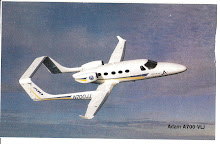

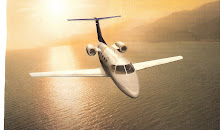


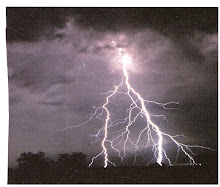

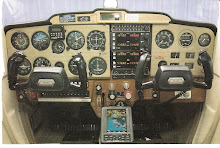
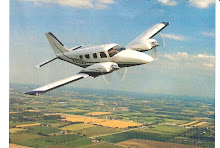
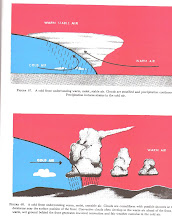
No comments:
Post a Comment